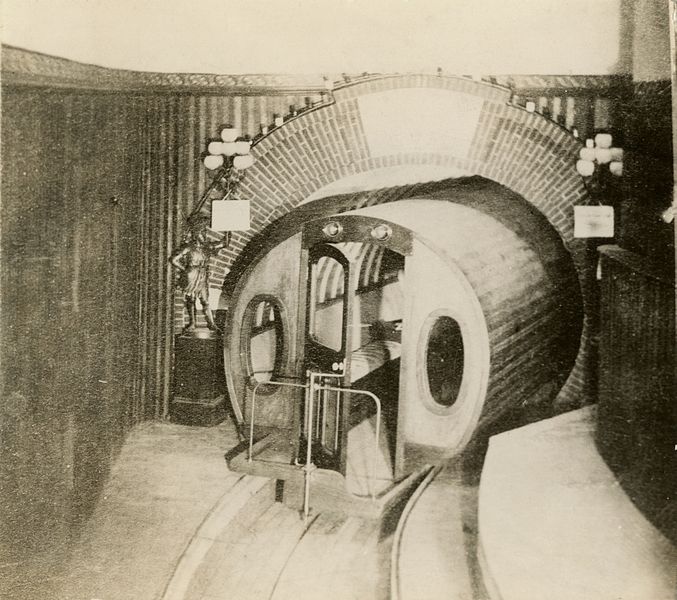
Figure 1 – Historic photograph of Beach’s pneumatic transit showing both the tunnel and the car in 1873. From the Wikimedia Commons. Original in the archives of the New York Historical Society and in the public domain because its age.
When it comes to cleaning up ectoplasmic mood-slime, “who you gonna call? Ghostbusters.” You may recall in Ghostbusters II their discovery of a river of such slime, feeding on all the urban badfeelings. Such is the first point of fiction in the movie. New Yorkers filled with bad feelings? But anyway, in the movie this river runs through the “Old Pneumatic Railroad tunnel.”
Such a subway system, referred to as “Beach’s Pneumatic Transit” did, in fact, actually exist from 1870 to 1873. As was common in 19th century America, the pneumatic transit, like all railroad projects, was heavily controlled by politics. Alfred Ely Beach in 1867 demonstrated a model of a railroad powered by pneumatic pressure at the American Institute Exhibition in New York City. Construction of a full-scale demo-system beneath Broadway in lower Manhattan began in 1867. It consisted of a single tunnel, 312 feet (95 m) long, 8 feet (2.4 m) in diameter and ran between Warren Street and Murray Street.
I read an article in Scientific American about the pneumatic subway many years ago. One of the big concerns at the time was the effect of the driving vacuum on women, who were, or so it was believed, already oxygen starved because of their tight corsets.
William “Boss” Tweed of Tammany Hall would not support the transit project. Beach circumvented the lack of political support by claiming he was installing pneumatic postal tubes. The pneumatic transit never expanded further but served for three years as a tourist attraction. Beach charged riders 25 cents a ride, which he donated to the Union Home and School for Soldiers’ and Sailors’ Orphans. During its first two weeks of operation, the Beach Pneumatic Transit sold over 11,000 rides and over 400,000 total rides.
While the pneumatic subway only lasted three years, Beach’s pneumatic mail system ran until 1953. Physical letters were delivered almost instantaneously. Such a pneumatic mail system may be considered an early or transitional form of the internet – part of the unstoppable march towards the singularity and worldwide connectedness,
